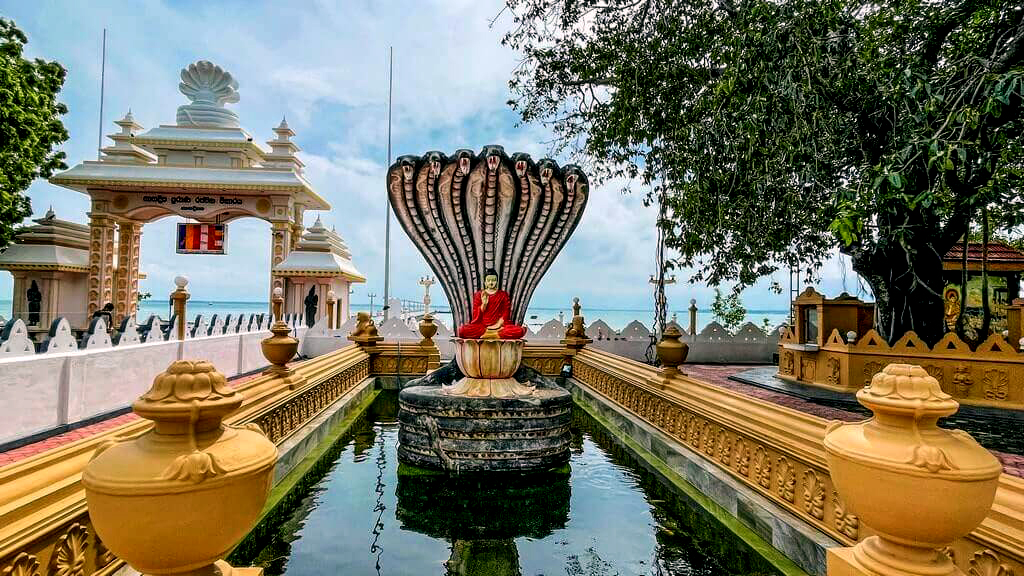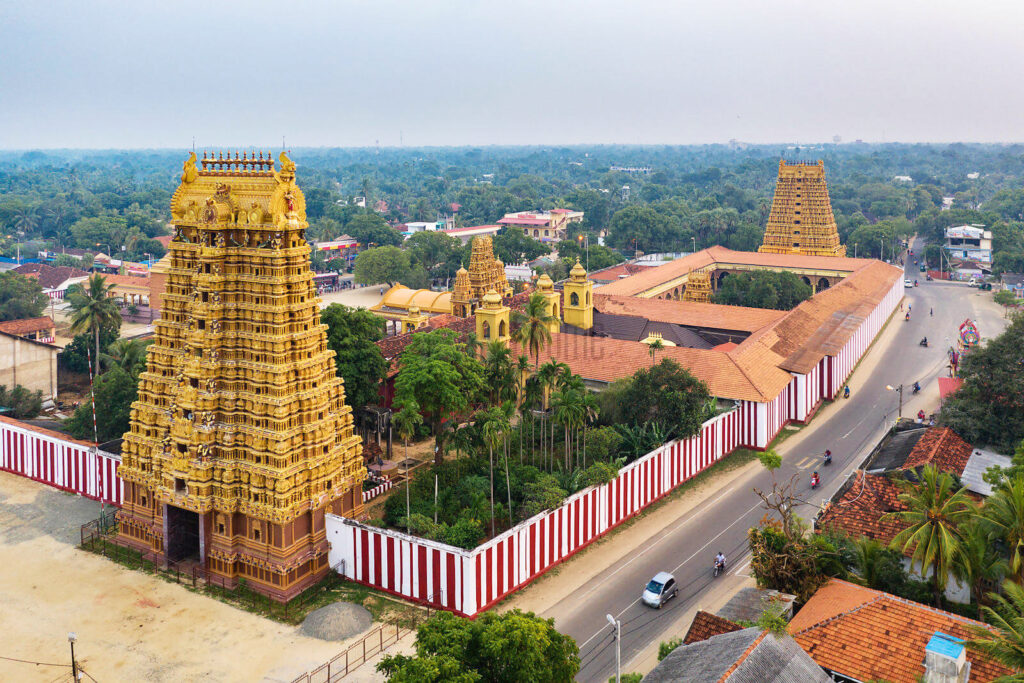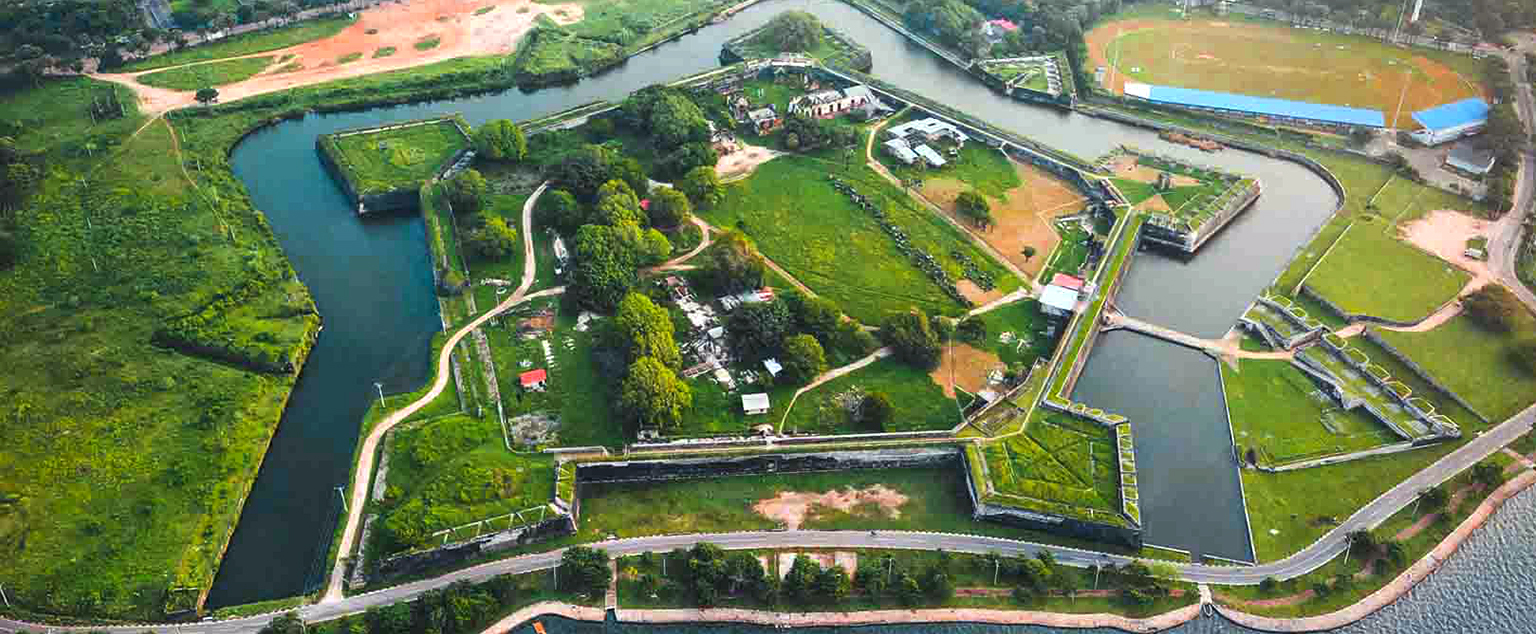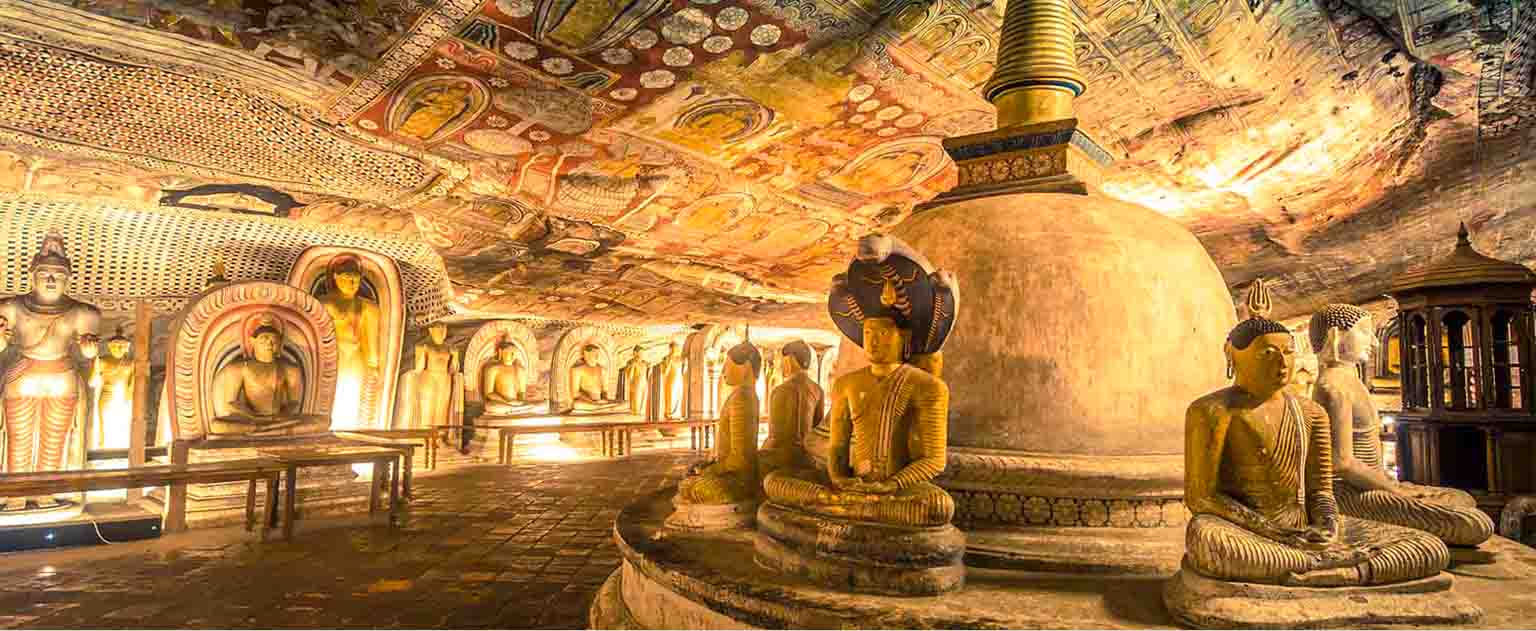The Northern Province in Sri Lanka, with its capital in Jaffna, is known for its significant Tamil population. It covers 8,884 square kilometers, making it the third-largest province in the country, but it is the least populated. The province has a rich history was central to much of the conflict during the Sri Lankan Civil War. It is worth noting that between 1988 and 2006, it was merged with the Eastern Province to form the North Eastern Province. The city of Jaffna, a cultural and political hub, plays a vital role within the Northern Province.
As you journey through Northern Province, you’ll discover a wealth of attractions that reflect the region’s diverse heritage. From the bustling streets of Jaffna to the tranquil shores of Nagadeepa Island, each destination has its own unique charm. Historical sites like Mannar Fort and Kilinochchi War Memorial provide a glimpse into the past, while natural wonders like Delft Island’s wild ponies and the serene springs of Keerimalai invite you to unwind and connect with nature.
Nainativu – (Nagadeepa)

Nainativu indeed holds a rich historical and cultural significance in Sri Lanka. Its association with the Naga people and the presence of the Nagapooshani Amman Temple and Nagadeepa Purana Viharaya make it a revered site for both Hindu and Buddhist pilgrims.
The references to Nainativu in ancient Tamil Sangam literature and Buddhist legends highlight its longstanding importance in the region. Its mention as Manipallavam in Tamil literature and Nagadeepa by Ptolemy further underline its ancient roots and the diversity of cultures that have influenced it over the centuries.
Today, Nainativu continues to attract visitors seeking spiritual fulfillment and historical insight into the rich tapestry of Sri Lankan culture and heritage. The history and legends surrounding Nainativu are indeed fascinating, weaving together elements of mythology, ancient texts, and archaeological evidence. The island’s significance in Tamil literature, particularly in works like Kundalakesi and Manimekalai, speaks to its cultural prominence even in ancient times. The tale of the dispute between two Naga princes over a gem-set throne seat, with Buddha intervening, is a recurring motif in both Tamil and Sri Lankan Buddhist literature. This narrative ties Nainativu closely to the broader cultural and religious landscape of the region. The association of the Naga people with snake worship and their cultural ties to the Dravidian community add layers to the island’s historical identity. References to serpent worship and Tamil speech in Jaffna Tamil culture highlight the enduring influence of the Naga heritage in the region.
The speculation about the Pallava dynasty’s origin stemming from a marriage alliance between the Cholas and the Naga from the Jaffna Peninsula adds an intriguing dimension to the island’s historical narrative, linking it to broader political and dynastic developments in Tamilakam.
Overall, the history of Nainativu is a rich tapestry of myth, legend, and historical fact, reflecting the complex interplay of cultures and civilizations in ancient Sri Lanka and Tamil Nadu.
Nallur Kandaswamy Kovil

The Nallur Kandaswamy Kovil is an emblem of Hindu spirituality nestled in Nallur, within the Northern Province of Sri Lanka. With its dedication to Lord Murugan, also known as Kartikeya, the temple holds profound religious and cultural significance for Hindus locally and internationally.
Renowned for its captivating architecture and religious sanctity, the temple serves as a focal point for devotees, especially during vibrant festivals and poignant religious ceremonies. The presence of diverse shrines, each dedicated to different forms of Lord Murugan, creates an atmosphere of spiritual allure, drawing pilgrims from varied cultural backgrounds.
Moreover, the inclusion of Sanskrit and Sinhala translations of the temple’s name mirrors its rich cultural and linguistic diversity. This emphasizes the temple’s pivotal role as a unifying symbol for individuals from different traditions within Sri Lanka.
The Nallur Kandaswamy Kovil is a symbol of the enduring spiritual heritage of Sri Lanka’s Tamil community, having been originally founded in 948 A.D. and transformed over the centuries into its present majestic form.
The temple’s historical connection with kings and rulers highlights its significance as a center of both religious and political life in the region. Its original location, marked by the construction of St. James’ Church during Portuguese colonization, reflects the complex history of religious and cultural interactions in Sri Lanka. The Kovil, as it stands today, was constructed in 1734 A.D. during the Dutch colonial era, showcasing the enduring devotion of countless custodians and devotees. The architectural grandeur of the temple, characterized by Dravidian-style gopurams and ornate shrines, symbolizes the depth of Hindu religious tradition and craftsmanship.
Furthermore, the Kovil holds social significance beyond its religious function, serving as a symbol of Tamil identity and resilience, locally and within the Sri Lankan Tamil diaspora. The recent addition of new Raja Gopurams further enhances the temple’s grandeur and spiritual allure. The annual festivals at the Kovil are vibrant celebrations that draw devotees from far and wide, reaffirming its central role in community life. These festivities encapsulate the spiritual fervor and cultural vibrancy of the Tamil people, from the hoisting of the Holy flag to the colorful Ther Thiruvila procession.
In essence, the Nallur Kandaswamy Kovil stands as a testament to faith, tradition, and unity, embodying the enduring legacy of Hinduism in Sri Lanka’s Northern Province.







